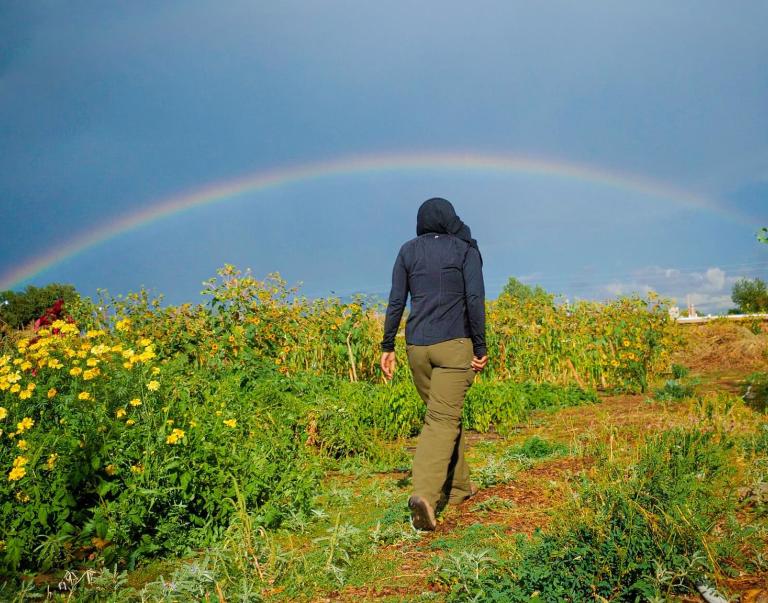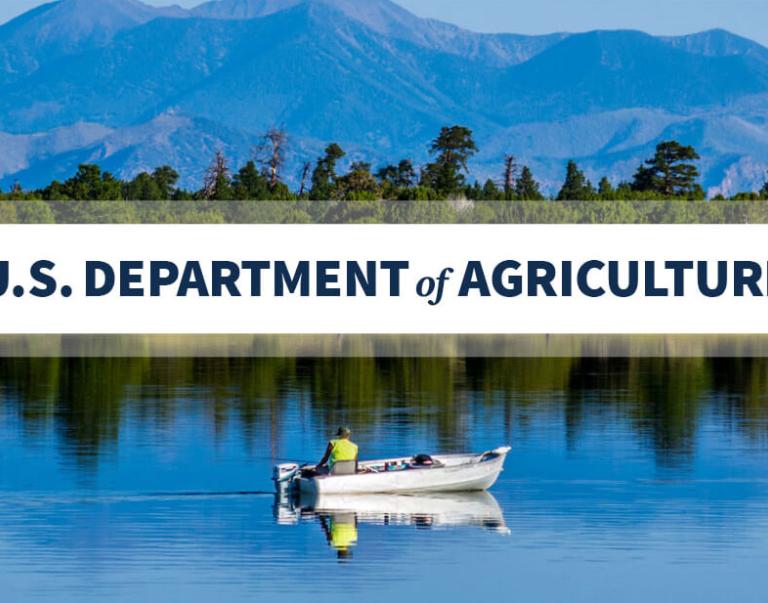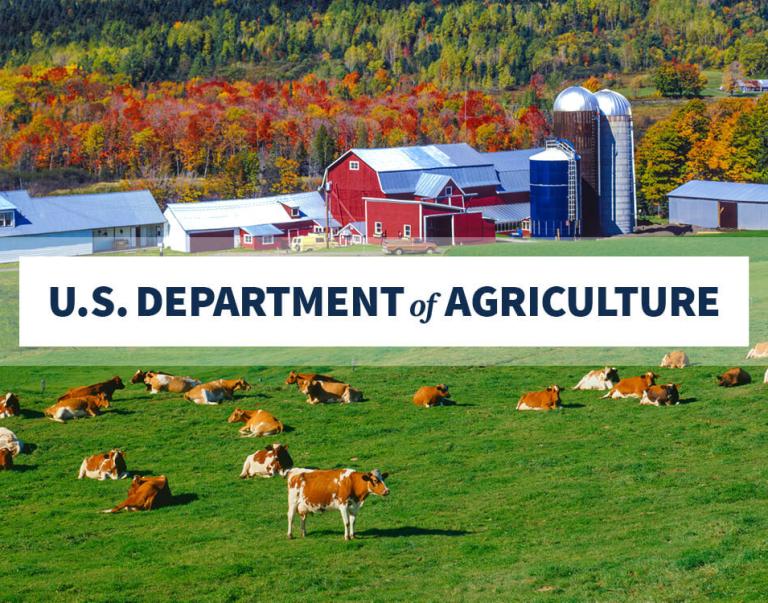
This post is part of the Science Tuesday feature series on the USDA blog. Check back each week as we showcase stories and news from USDA's rich science and research profile.
2013 is the International Year of Statistics. As part of this global event, every month this year USDA’s National Agricultural Statistics Service will profile careers of individuals who are making significant contributions to improve agricultural statistics in the United States.
March is National Women’s History Month, celebrating women’s many accomplishments throughout history. And 2013 is the International Year of Statistics, in which countries and organizations around the world mark the power and impact of statistics. Together, these two celebrations touch me on a personal level. After all, only several decades ago, there were virtually no female statisticians, while today, more than half the staff at the National Agricultural Statistics Service (NASS), where I work, is female.
I have seen a lot of change since my school days and have mentored many young men and women over my career. They often ask, “Why did you choose a career in agricultural statistics?” Growing up in a military family meant moving a lot, so at an early age I learned that change is inevitable and that to be successful you must be adaptable. I had the opportunity to live in and visit many foreign countries, including countries where safe, abundant food and water were scarce. I chose to work in the field of agricultural statistics because I wanted to help provide a level playing field for everyone through credible, reliable statistics in service to agriculture. In making a career choice, I took my natural aptitude for mathematics and combined it with my passion for service and agriculture.
In today’s globalized world, employers are seeking individuals with an ability to analyze information and develop solutions to problems that may not have a clear answer. In my job today, my team oversees the data collection process for all of our national surveys. That’s a hefty workload since NASS collects the data for and publishes more than 400 reports every year.
As a manager and leader, I look for ways to increase productivity by planning and applying certain knowledge and skills to every decision I make. For example, in the March Agricultural Survey, we ask farmers about their planting intentions during the current growing season. Estimates we make based on the data may be challenged by such unexpected occurrences as unexpected weather and farmers’ difficulties in using new technologies. But we must find solutions to such challenges and meet our deadline to release these principal economic indicators for the United States.
Making accurate and timely information available to the public is exactly why I chose a career in agricultural statistics and I hope many young women around the world will share my view. Seeing the data you have collected making an impact is the best reward you can ask for. As statisticians, my colleagues and I know that people use our data to make important business, policy and even life decisions. This month we are proud to celebrate both the wonderful field of statistics and the many contributions of women whose hard work helps people improve their everyday lives.



